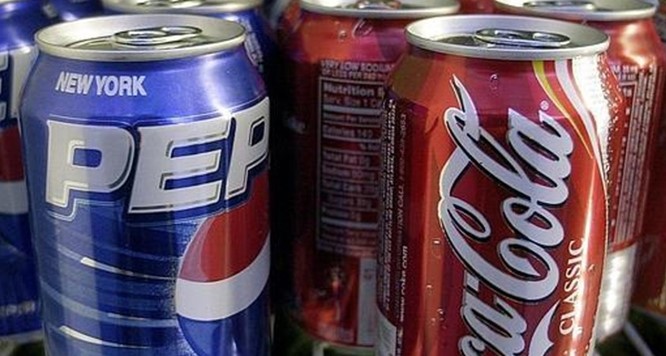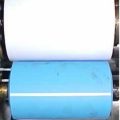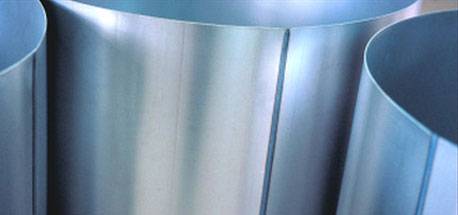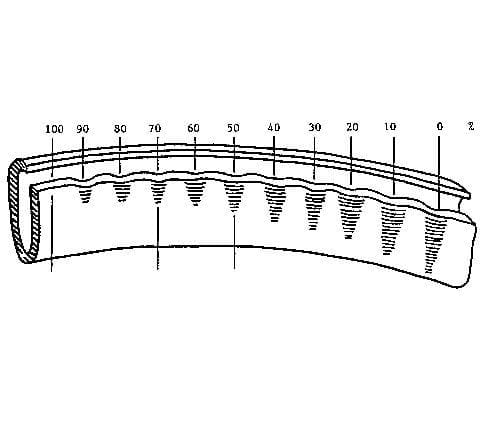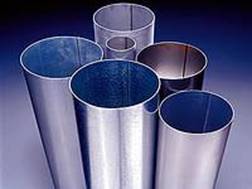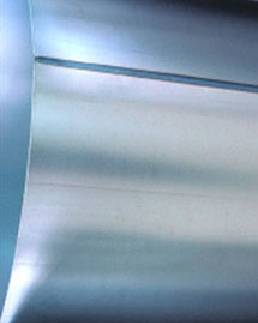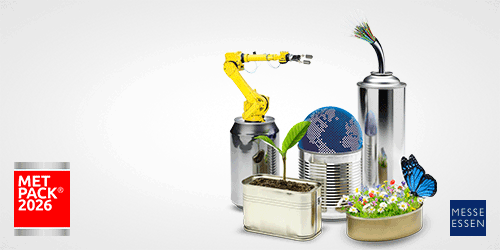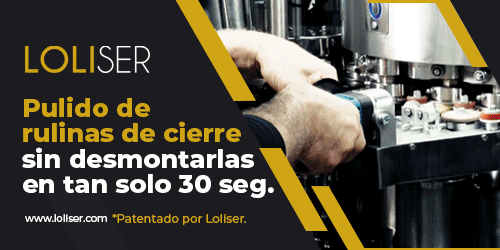Possible causes of a mismatch in a can at the time of welding may include:
- Incorrect body development: If the body of the can is not the right size, it can create problems when aligning the edges for welding.
- Improper wire condition, measurement and speed: A welding wire in poor condition or with incorrect speed or measurement can affect the quality and alignment of the weld.
- Condition of the welding rollers: If the rollers guiding the welding wire are worn or dirty, this can cause asymmetric pressure and weld misalignment.
- Excessive or insufficient welding force: Inadequate force during the welding process can cause misalignment at the edge joint.
- Incorrect adjustment of the calibration crown: Incorrect adjustment can result in improper alignment of the edges to be welded.
- Presence of contaminants such as water, oil, print or varnish: These elements can interfere with the weld and cause a mismatch.
- Overlap too large or too small: An inadequate overlap can cause the weld to fail, resulting in an overlap.
- Improper tinplate properties: If the tinplate has improper tin plating, burrs or is contaminated, this can affect the alignment and quality of the weld.
- Printing outside the litho or varnish: This can generate irregularities in the surface to be welded, which in turn can cause unevenness.
These factors can affect the accuracy and quality of the weld, resulting in a can mismatch. It is important that each of these aspects be properly controlled and adjusted to ensure a correct weld and to avoid slippage.

